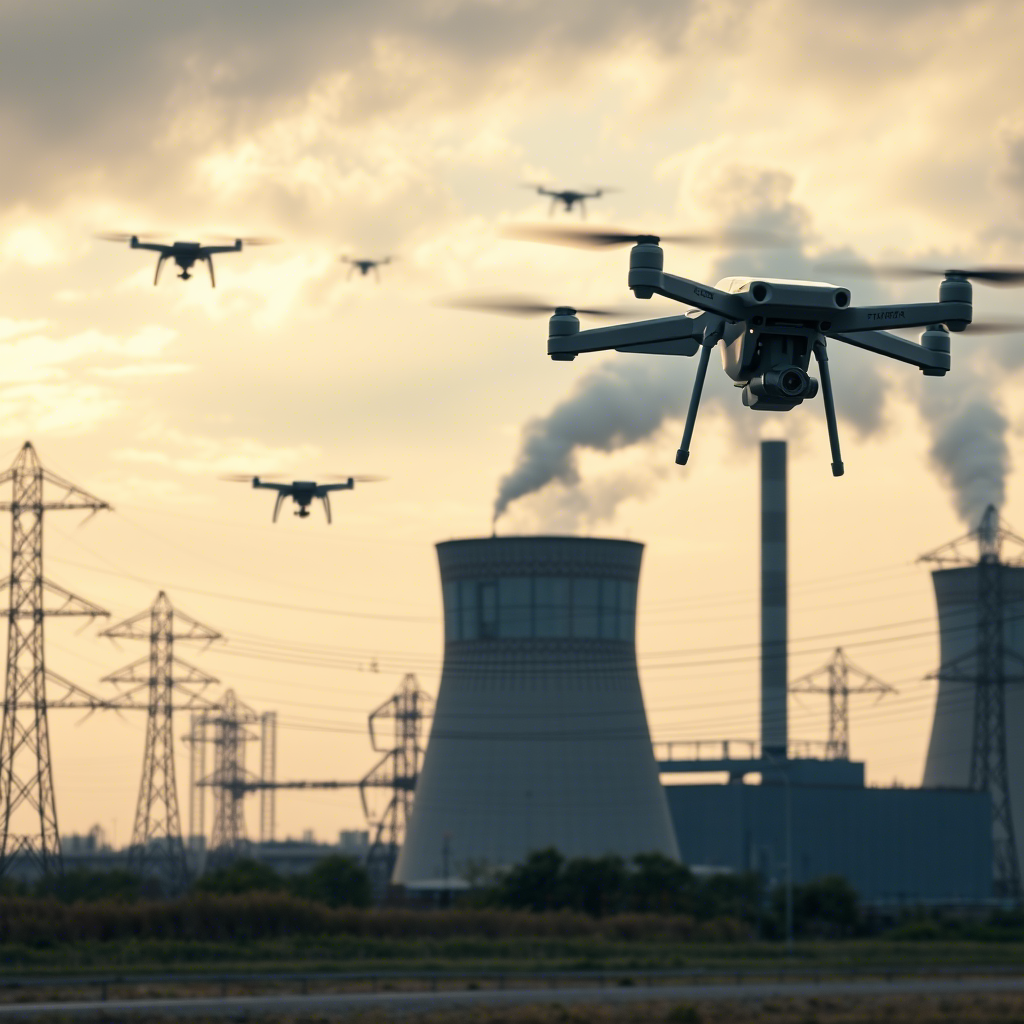Plant protection drones work in coordination with intelligent irrigation
The Synergy Between Plant Protection Drones and Smart Irrigation Systems in Modern Agriculture
The integration of plant protection drones with smart irrigation technologies represents a significant leap forward in precision agriculture. By combining aerial monitoring capabilities with data-driven water management, this synergy enhances crop health, resource efficiency, and overall farm productivity. Below, we explore how these systems work together to address key challenges in agricultural sustainability.
Real-Time Crop Monitoring for Dynamic Irrigation Adjustments
Plant protection drones equipped with advanced imaging sensors provide farmers with detailed insights into crop conditions, including moisture stress levels. These drones capture multispectral or thermal images that reveal variations in plant health, often indicating areas suffering from under- or over-irrigation. By analyzing this data, smart irrigation systems can automatically adjust water distribution to match the specific needs of different field zones.
For example, if drone imagery shows that certain sections of a field are experiencing water stress, the irrigation system can prioritize those areas with targeted watering. Conversely, regions with adequate moisture levels receive reduced irrigation, preventing waterlogging and root damage. This dynamic response ensures that crops receive optimal hydration, promoting healthy growth and minimizing waste.
Precision Application of Agrochemicals in Sync with Irrigation Cycles
The timing and placement of pesticide or fertilizer applications are critical for maximizing effectiveness and minimizing environmental impact. Plant protection drones can coordinate with smart irrigation schedules to enhance the efficiency of these treatments. For instance, drones may apply biopesticides or nutrient solutions shortly before or after irrigation events, ensuring that chemicals are evenly distributed and absorbed by plant roots.
This synchronization also reduces the risk of chemical runoff, a common issue when treatments are applied to dry or overly saturated soil. By aligning agrochemical applications with irrigation cycles, drones help maintain soil health and prevent contamination of nearby water sources. Additionally, this approach allows for lower chemical dosages, as precise delivery ensures maximum uptake by plants.
Data-Driven Decision Making for Water and Chemical Conservation
Both plant protection drones and smart irrigation systems rely on data analytics to optimize operations. Drones collect information on crop health, pest activity, and soil conditions, while irrigation systems monitor weather patterns, soil moisture, and evapotranspiration rates. When these datasets are combined, farmers gain a comprehensive understanding of field dynamics, enabling them to make informed decisions about resource allocation.
For example, if drone data indicates low pest pressure in a particular area, the irrigation system can reduce water flow to that zone, conserving resources without compromising crop protection. Similarly, predictive analytics can forecast future moisture needs based on historical trends and current conditions, allowing for proactive adjustments to irrigation schedules. This holistic approach minimizes water and chemical usage while maintaining high yields and product quality.
Enhanced Disease Prevention Through Controlled Microclimates
Excessive moisture or humidity can create favorable conditions for fungal diseases and other pathogens, posing a threat to crop health. By working together, plant protection drones and smart irrigation systems help manage microclimates to reduce disease risk. Drones can identify early signs of infection, such as discolored leaves or unusual growth patterns, prompting targeted interventions like localized fungicide applications.
At the same time, smart irrigation systems adjust watering patterns to maintain optimal soil moisture levels, preventing overly wet conditions that encourage pathogen spread. For instance, drip irrigation may be used in disease-prone areas to deliver water directly to plant roots while keeping foliage dry. This combination of precision monitoring and controlled watering significantly lowers the likelihood of widespread outbreaks, protecting both yield and quality.
Scalability and Adaptability for Diverse Farming Environments
The collaboration between plant protection drones and smart irrigation systems is highly scalable, making it suitable for farms of all sizes and types. Whether managing large commercial fields or small-scale organic plots, farmers can customize these technologies to suit their specific needs. For example, drones can be programmed to focus on high-value crops requiring intensive care, while irrigation systems adjust water flow based on crop type and growth stage.
This adaptability also extends to varying climatic conditions. In arid regions, the synergy between drones and irrigation ensures efficient water use, while in humid areas, it helps prevent moisture-related issues. By providing tailored solutions, this integrated approach supports sustainable farming practices across diverse environments, ensuring long-term agricultural viability.
As agriculture faces increasing pressure to produce more with fewer resources, the partnership between plant protection drones and smart irrigation systems offers a powerful solution. By leveraging real-time data, precision technologies, and adaptive strategies, farmers can enhance crop resilience, conserve vital resources, and meet the demands of a growing global population.

